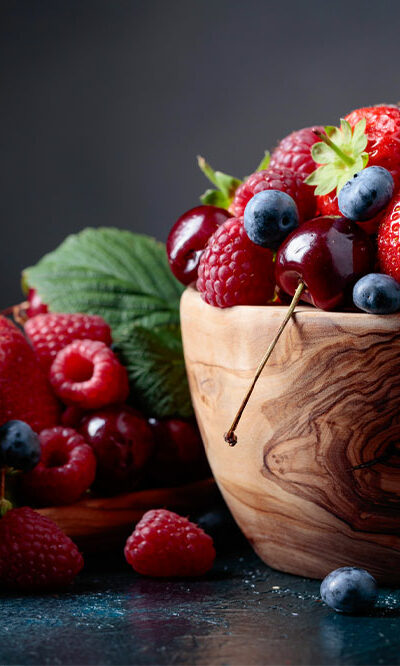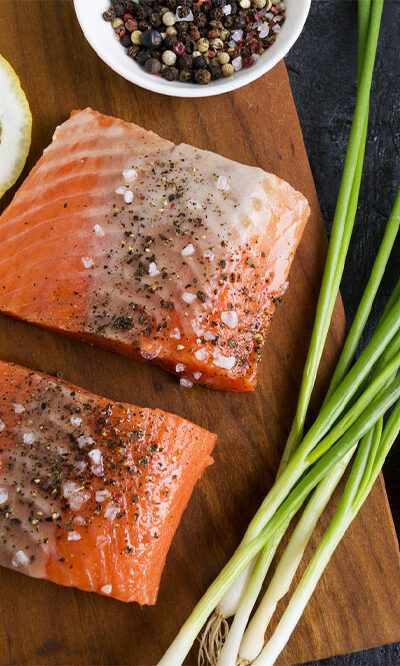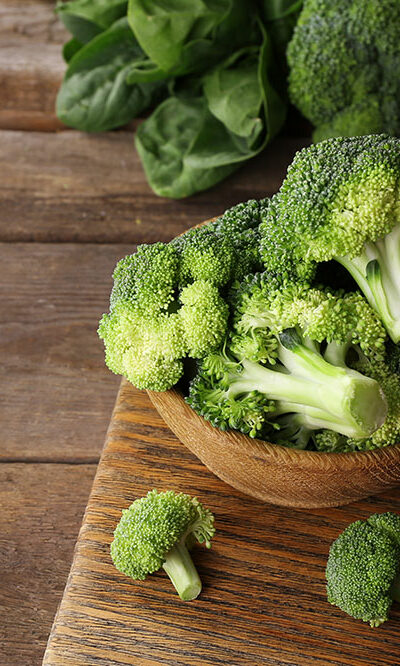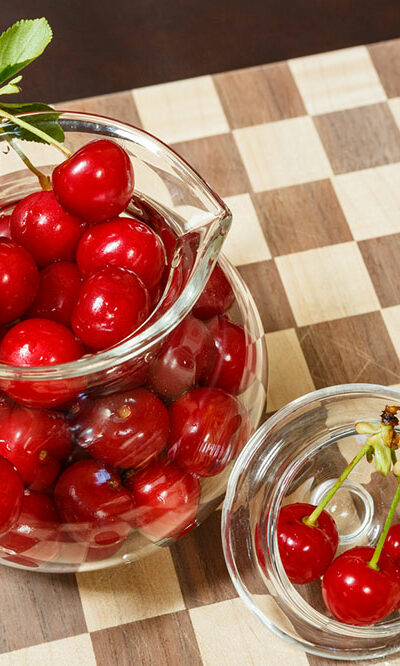
5 foods osteoporosis patients must avoid
Osteoporosis is a disease in which the bones weaken and degenerate due to the loss of tissues. As a result, they become brittle and are largely vulnerable to pain and fractures, often leading to disability. There are certain food habits that hasten the process of bone degeneration in patients. Give below are five foods to avoid in the meals made for individuals suffering from osteoporosis plus certain medications for the condition. 5 Foods Osteoporosis Patients Need to Stay Away From Salt When the concentration of sodium in our blood increases, it leads to excessive loss of calcium through the kidneys, which can worsen the process of bone degeneration during osteoporosis. Thus, it is important to limit the amount of salt we consume or the amount of high-sodium foods we include in our meals. Carbonated beverages It has been observed that excessive consumption of carbonated beverages, such as colas and sodas, may have adverse effects on the bone density and bone health in an individual. These contain phosphorus, which has been linked to causing bone degeneration in people with osteoporosis. Moreover, the refined sugars present in such beverages are also considered harmful for bone health since they they cause excessive excretion of calcium through urine. Red meat Animal meat, especially red meat, is known to be extremely rich in protein. However, these animal-based proteins also contain a large amount of sulfur in it. To account for the higher sulfur quantity, the body compensates by excreting calcium, thus compromising bone density in people with osteoporosis. So, it is beneficial to have plant-based alternatives such as nuts, legumes, etc. Alcohol Alcoholic beverages, such as red wine, can be beneficial for the body only when consumed in moderation. However, excess consumption of spirits can have several adverse effects on the body, including loss of bone mass, decreased bone formation, and a heightened vulnerability to severe fractures.










